Jacqui Sanders explores the lives of the women who were imprisoned in Old Ararat Gaol and the J Ward Asylum during the nineteenth century.
Perched on a hill in Ararat, nestled behind the perennials, natives, ferns, and pines in Alexandra Botanical Gardens, is a bluestone building which incarcerated Victoria’s criminals and the criminally insane for over a century. Built to the Pentonville Design, Ararat Gaol was constructed between 1859 and 1863, receiving the first inmates in 1861 and closing as a gaol in 1886. The site was then transferred to the Victorian Lunacy Department in 1887 and used as a “temporary” ward for the criminally insane. J Ward, as it became known, was decommissioned in 1991. The site is significant to the State of Victoria for symbolic and cultural reasons, as well as for its association with the history and treatment of psychiatric illness, particularly of the criminally insane.
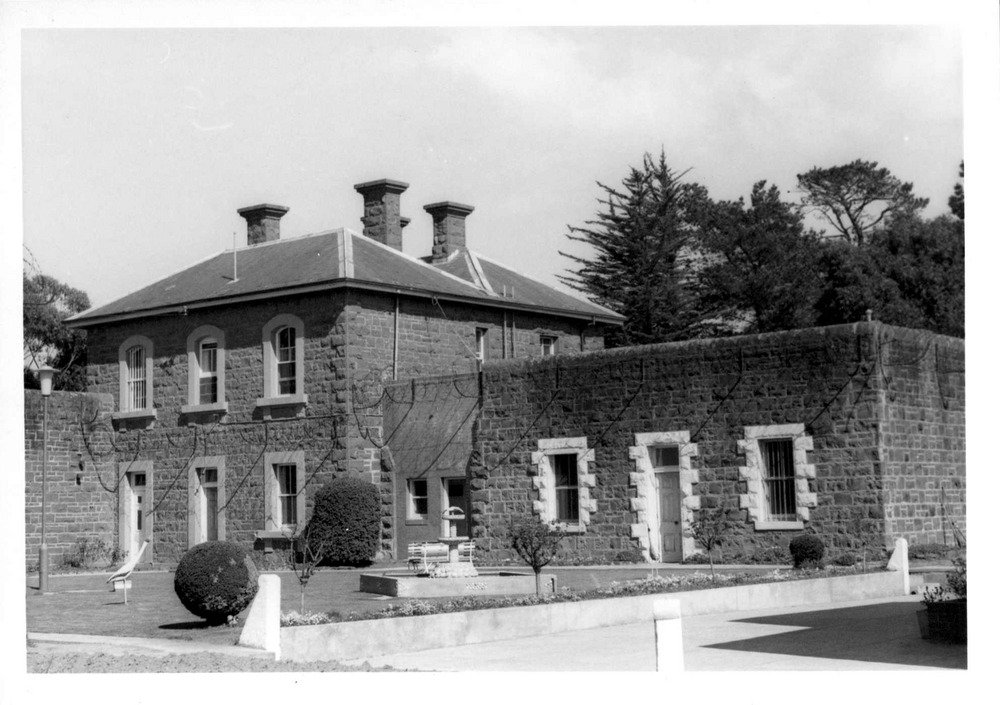
Today, Friends of J Ward manage the Complex, which includes objects and archives such as newspaper articles, patient records, and photographs distinct to Ararat Gaol, J Ward, and Aradale Asylum. Volunteers conduct daily tours which include the West Wing, shower block, main cell block, gallows, exercise yard, and kitchen. With the tour’s narrative primarily focused on the J Ward years, visitors experience the rich tapestry of the site’s history and stories of past prisoners, patients, superintendents and staff who were once housed behind these walls.
The historical interpretation primarily focuses on the site during its J Ward years, especially in that it was built and managed by men, for men – as the site intended. As such the stories focus on men. Stories of Chopper Read, Gary David (Webb), William Wallace, Governor Fiddimont and George Leondieu feature on its walls, in its cells, and throughout the archives. This is a largely accurate description of J Ward’s existence, one which is critical to Victoria’s mental health history.
However, when a visitor goes upstairs, they become aware of the “Family Cell”. Newspaper archives collated by Lorna Banfield and Roberta A. Daly some 15 years ago also reveal stories that within these conditions women and children were incarcerated. Some of their stories are briefly outlined here.
Mary was born to parents Daniel Murphy and Mary Donohogue in Bristol, England in 1825. At 16, she was convicted of stealing a roll of cotton twill and transported on the Garland Grove. Mary arrived in Hobart, Tasmania on 21 February 1843.
After being granted special permission, Mary married freeman and timber sawyer James Hall at Evandale Church (near Launceston) on 14 October 1844. Mary was 18 years old at the time; James was 22. The couple remained in Tasmania for the seven year sentence Mary had to serve. Their first and possibly second child were born there, however the other six were born around Cavendish and Hamilton in Victoria, before the family moved to Burrumbeep Station, Ararat. By the late 1850s, Ararat had become a boom town as a result of the Victorian gold rush.
On 7 November 1860, at the age of 38, James tragically died of an ulcerated hand. It is believed he was buried in the old cemetery, as the existing cemetery was not built until January 1863. He also left a grieving Mary with eight children under the age of 13, including one infant. In March and April 1861, newspapers reported that the family were charged with shop-lifting. Mary was eventually sent to the then Ararat Gaol Camp for stealing clothing and children’s shoes. As the Gaol was not complete until 10 October 1861, it is fair to surmise that her ‘hard labour’ involved her blood, sweat, and tears in the building of this site.
According to the Ararat and Pleasant Creek Advertiser, Mary appeared before the Police Court in April 1861. Mary Hall, together with John Chute and John Thomas, was charged with stealing from the Manchester Warehouses owned by a Mr. Cuthbertson, who claimed that Thomas made several purchases and stole two pieces of silk handkerchief and other goods. The three were watched throughout the day but were later arrested on the Port Fairy Road where the goods were seized. Mary Hall was sentenced to 12 months hard labour, while Chute and Thomas received 18 months.
The Crown Prosecutor entered a Nolle Prosequi regarding Hall’s previous charges and Superintendent Langley applied for instructions regarding the five children, who were in the charge of the police. Left without a parent or support, they were frequently nabbed for vagrancy. One boy (aged about 11) was detained when he wandered into Camp crying that he didn’t have a home. The Bench advised that the children stay as charges until the issued was discussed with the Chief Secretary. When Hall finally served 12 months at the Melbourne Gaol, all of her children went with her as there was no other means of caring for them.
Eventually, the family moved back to the Ararat area. The six boys gained employment and the two girls married. Sadly though, five of Mary’s sons and one daughter perished from tuberculosis before the age of 40. All are believed to be buried in the Ararat Cemetery. While Mary was a prisoner, it is not hard to imagine that her crimes were linked to preservation and protection for both herself and her children. There are no records of the family being law-breakers while father and husband James Hall was alive. The archival material begs the question, was Mary really a criminal?
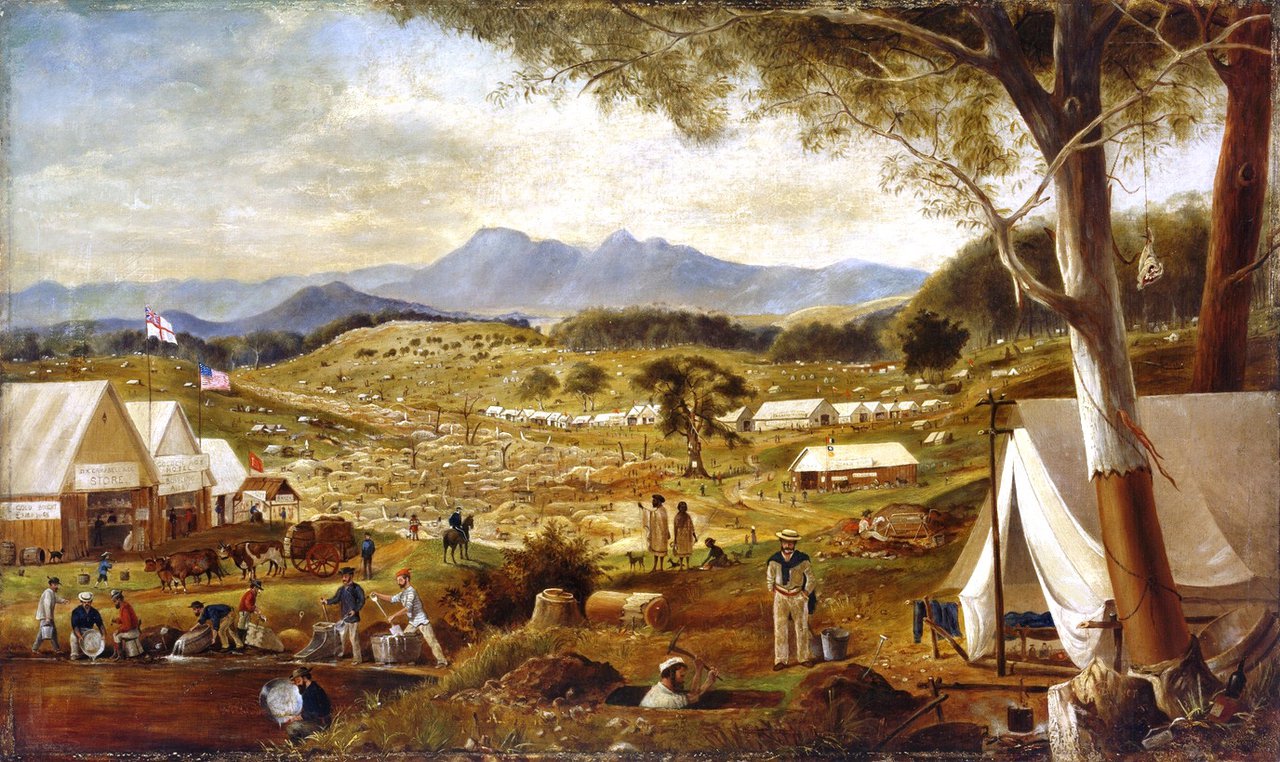
Vagrancy and preservation also played a role in Ellen Belser’s incarceration. On 10 February 1863, the Ararat and Pleasant Creek Advertiser reported about the wife and three children of Richard Belser, who had been convicted a week earlier to two years hard labour for breaking into a store and stealing. Ellen and the children were charged with being vagrants through the St Arnaud Circuit Court and sentenced to two months in Ararat Gaol.
As the newspaper read:
The unfortunate woman is paralysed and unable to do anything for the support of herself or family. We understand an effort is being made to get the woman and children into a Melbourne Benevolent Home.
Records indicate that Ellen Belser waited six months for the Court to decide that she go to a Melbourne Home.
On 1 September 1863, the Police Court (before J.G. Taylor Esq. PM) charged Janet Mary Ann Pett for being drunk and disorderly on a public street on the Saturday night prior.
It appears Pett had previously served time at the Ararat Gaol, as she claimed she had kept the pledge since being released but had an accidental glass of brandy “which had got into her head”. Considering it had only been a short time since her last appearance, the Bench imprisoned Pett for eight days.
Little is known about the fate of Catherine Bushick. On 13 November 1863, the Ararat and Pleasant Creek Advertiser reported that Catherine had been examined by J.G. Taylor, Esq. and J.M. Saunders, Esq. and charged with being a dangerous lunatic. Only partial evidence was heard to ascertain her insanity.
On 11 December 1863, Helen Jane Vaughan was charged with using obscene language in a public place. When placed in the Dock, Vaughan showed utmost contrition. While Vaughan begged that she didn’t know what she had done, she pleaded she would return to Melbourne and never do it again.
The witness Sergeant Dillon reported that he had heard, “… her utter one of the most disgusting tirades of obscenity it was ever his lot to listen to”. Vaughan advised the Bench that she drank infrequently but on the night of the occurrence, she had drank two glasses of colonial ale which took effect to her head. Dillon further reported that Vaughan was also guilty of other actions pertaining to the children but refrained from detailing the circumstances as Vaughan’s husband was present. The Bench sentenced her to one month’s imprisonment for drunkenness in a public place as well as a fine of £10 (or in default 3 month’s imprisonment) for the obscene language.
But this was not Helen Vaughan’s final Court appearance.
The following year, on 29 July 1864, the Ararat and Pleasant Creek Advertiser wrote that, a few days prior, Helen and her husband had a drunken altercation – something not uncommon for the couple. The following day a hungover Helen went in search of her husband, enquiring at the local hotels and police camp. On Thursday, their son returned from Great Western and also joined the search. He discovered a pencil belonging to his father near a deep hole located metres from the home. Grappling hooks were procured and Richard Vaughan’s body was bought to the surface.
A few days later, Helen Vaughan appeared before an Inquest headed by Coroner, Mr. Taylor. The jury returned a verdict that Richard Vaughan’s death “resulted from suffocation whilst insensible from concussion to the brain caused by the deceased’s wife”. Through an act of drunken anger, she was sentenced in the Circuit Court.

On Friday 22 January 1864, a female “lunatic” by the name of McLeod was medically examined by Galbraith and Willey and committed as a dangerous lunatic. McLeod suffered from peculiar hallucinations, which rendered her completely helpless. The woman ate dirt and whatever else she could get and was described by physicians as a wretched creature “painfully vacant and idiotic” with no hope of recovery.
The Court also heard (presumably by B. Smith Esq. PM) that:
It really is an alarming fact that the number of lunatics brought to this gaol is greatly on the increase. Whether it is a climatic influence, the result of an inherent disease, or arising from debauch, it is certain that not a week elapses but one or two unfortunates are examined and confined as dangerous in the gaol.
On 5 April 1864, before B. Smith Esq. PM and Dr. MacDonald Esq. JP, Bridget Hall was charged with stealing two chemises and a pocket-handkerchief belonging to Mrs. Whitelaw. She was then imprisoned for six weeks.
Records show that, on 5 May 1864, Anne Lavender was charged with stabbing and wounding. The Court took a lenient view and, as Lavender had already served previous time, sentenced her to three weeks imprisonment.
On the same day as the Lavender trial, Julie Sexton was accused of stealing from a person. Although she pleaded not guilty, after examining the Case the Jury returned a guilty verdict. Sexton was sentenced to six months imprisonment.
On 15 July 1864, the Ararat and Pleasant Creek Advertiser wrote of an unnamed woman who appeared in the Circuit Court charged with the very common case of Kleptomania. The woman, described as normally being of excellent character, was charged with stealing baby clothes.
While past women had been incarcerated for this offence, Judge Barry appeared lenient. The crime was associated with the woman’s pregnancy – a diagnosis widely accepted at the time. Her husband paid £50 and agreed to what we would understand today as a good behaviour bond.
This case is an important reminder that social status and the Judge’s favour could play heavily into the decision-making processes regarding the incarceration of women in this era.
Ellen Jenkins became incarcerated on 20 December 1864. In September of that year, as the Ararat and Pleasant Creek Advertiser reported, she appeared before the Ararat Police Court. Jenkins was charged with having no lawful or visible means of support and consequently, through testimonies as to the mode of her life, was imprisoned for three months. Her two children were also imprisoned with her as the only means of keeping them during her incarceration. While the newspaper reported that she ended her sentence on 19 December, Jenkins was again brought before the Courts on the following day when she was charged with drunkenness.
For this charge, Jenkins only served two months (presumably for good behaviour). The final record shows that she once again appeared before the Bench and was again sentenced to three months incarceration. However, on this occasion, her children were dealt with separately. The Bench (Messrs. Taylor and Gamson) sentenced the girl three years in an Industrial School. The boy, age five, was sentenced to four years.
While there is a scarcity of women’s stories between 1864 and 1896, that is not to say that women were not incarcerated at the Gaol during this period. Some of the stories which have emerged, though, do pertain to women who were neither guilty of criminality nor insanity.
In 1864, the gaol housed 40 prisoners and had not yet conducted its first hanging. The Stawell Police Court records reveal a number of other female law-breakers who found themselves within the Gaol’s ominous bluestone walls.
Ararat Gaol existed for 26 years and was managed by four Governors. The second Governor, John Gray, managed the Goal for 10 years between 1867 and 1877. It was in 1867 that the Ararat Lunatic Asylum, later known as the Aradale Mental Hospital, opened.
His wife, Christina Gray, took on the role of female warder. Not only did she manage the women’s day-to-day needs, but also the hard labour to which they were sentenced. The Grays would have witnessed the Gaol’s first hanging of convicted murderer, Andrew Vair.
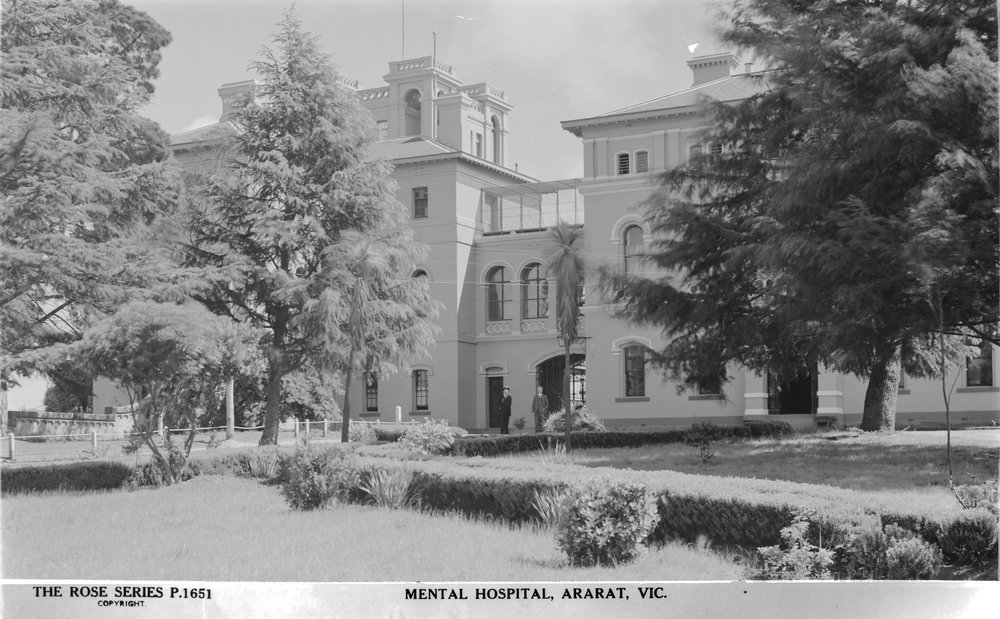
One of Christina Gray’s wards would have been Mary Gardiner Pent.
Cases of birth concealment were common in colonial Victoria and rural women particularly waited long periods before appearing before the County Court. Fifteen year old Mary was detained in Ararat Gaol for eight months before being acquitted of the charge in February 1875.
On 26 November 1886, the Ararat and Pleasant Creek Advertiser wrote, all the prisoners had been sent to other institutions. In 1887, the site was converted into J Ward – Victoria’s maximum security psychiatric ward for the criminally insane.
The establishment of J Ward and its dominance of male patients potently co-mingles to create a story which overshadows the women who were still being incarcerated here – as both criminal and insane – for at least another ten years.
On 21 August 1896, the Ararat Advertiser reported that Mrs. Davis, married to a farmer near Warrnambool, had been committed at the Warrnambool Assizes for cruelty towards her step-daughter. The 13-year-old girl told of her habitual ill-treatment which was upheld by several witnesses. Davis had beaten her with a broom handle, breaking a small bone in the left arm – an injury that was never medically examined. Further, Davis was accused of tying her to the bedpost and striking her with a pitch-fork, straps, and sticks. Another witness reported that she would attack “with anything she had in her hand”.
Davis’ story suggests that criminality and insanity may be hereditary – or perhaps, can it be viewed as protection and preservation, a trait Davis learnt from birth? Either way, Davis’ cruelty and mistreatment was seen (even by today’s standards) as criminal and she was sentenced to hard labour.
The girl was forced to eat a teaspoon of cayenne pepper, a half cupful of soapsuds, and a mixture of mustard. Davis was found guilty and remanded for sentencing. It was later revealed that she was the daughter of Henry Morgan, an Ararat Gaol prisoner who was hanged in 1884 for the cut throat murder of 10-year-old Margaret Nolan after sexually assaulting her near Panmure. Morgan’s remains are buried in the grounds of J Ward today.
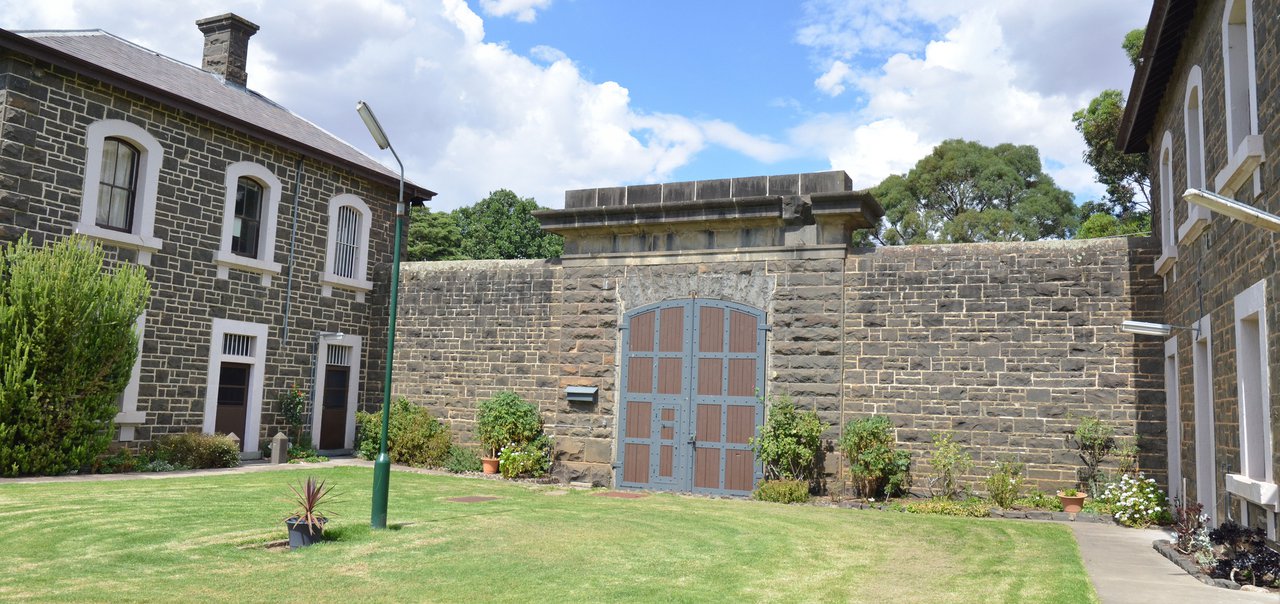
According to a Horsham Times newspaper article dated 25 October 1898, a woman was being held at J Ward for the death of her infant under unusual circumstances. A Ministerial Inquiry (Victoria to Wit. No.53) followed on the 21 October, in which the following story unfolded.
Under oath, Agnis Matildia Buckingham swore that she was married, resided in Ararat, and had given birth to the child Albert Buckingham on 11 July 1898. Nurse (Mrs.) Day attended the birth and Nurse (Mrs.) Edwards gave support for two weeks after. Agnis was unable to breastfeed due to weakness and was told by Dr. Hagman, who treated her between 11 July and 8 August, to give the babe the bottle containing cow’s milk to measurements instructed by Nurse Edwards.
The infant Albert was reportedly in good health. However, further evidence (by Dr Hagman) revealed that Albert had sustained a broken shoulder or collarbone during childbirth and was noted 3 or 4 days after.
On 6 October, Albert began vomiting but appeared well two days later. He was given castor oil and seemed well until 16 October, whereupon Agnis sent for Dr. Hagman. The doctor appeared at 10am and advised that she should have sent for him sooner and to give the baby brandy. Agnis advised that she did so every 15 minutes, but Albert never recovered. The baby died at 5am on 27 October 1898. Significantly, however, it appears at this stage that the date of the Enquiry and Agnis’ recollection of dates are incorrect. Agnis also reported that “it” had a bad month and had administered borax and glycerine, which seemed to help.
The 17 October 1898 report from Justice of the Peace M.C. Nott claimed that Agnis admitted she cared for the child herself, since the Nurse left until the time of death. She took Albert into the fresh air every afternoon for two hours on two to three days a week. Albert’s father resided in Mount Cole and had seen him at the time of birth and not since. Nurse Day visited at about week seven or eight, at which point she advised the milk was not enough to feed a cat. Agnis then increased the feeds to more milk than water.
Dr. Fredrick Dell Hagman reported under oath that he was a medical practitioner residing in Ararat and had on 17 October 1898 conducted an autopsy on the baby. The doctor reported that Albert was a healthy length at 23 inches but was extremely emaciated, weighing only 6 and a quarter pounds (the weight of a three-month old). He had sores on his hip, back, and scrotum. The brain and internal organs all appeared normal with the stomach full of curdled milk and water. Despite these circumstances, Dr. Hagman felt that his care of the child had been correct. The doctor concluded that death was caused through inanition from want of proper food or non-assimilation of food and the Ministerial Inquiry accepted this verdict.
It would seem that Agnis Buckingham did not fare well as a solo mother. Is it telling that she referred to her child as “it” on numerous occasions? Perhaps Agnis was mentally ill, possibly postnatal depression caused by the desertion of Albert’s father and lack of family support.
This story will always draw the question – was Agnis a struggling mother, was she a criminal, or was she insane?
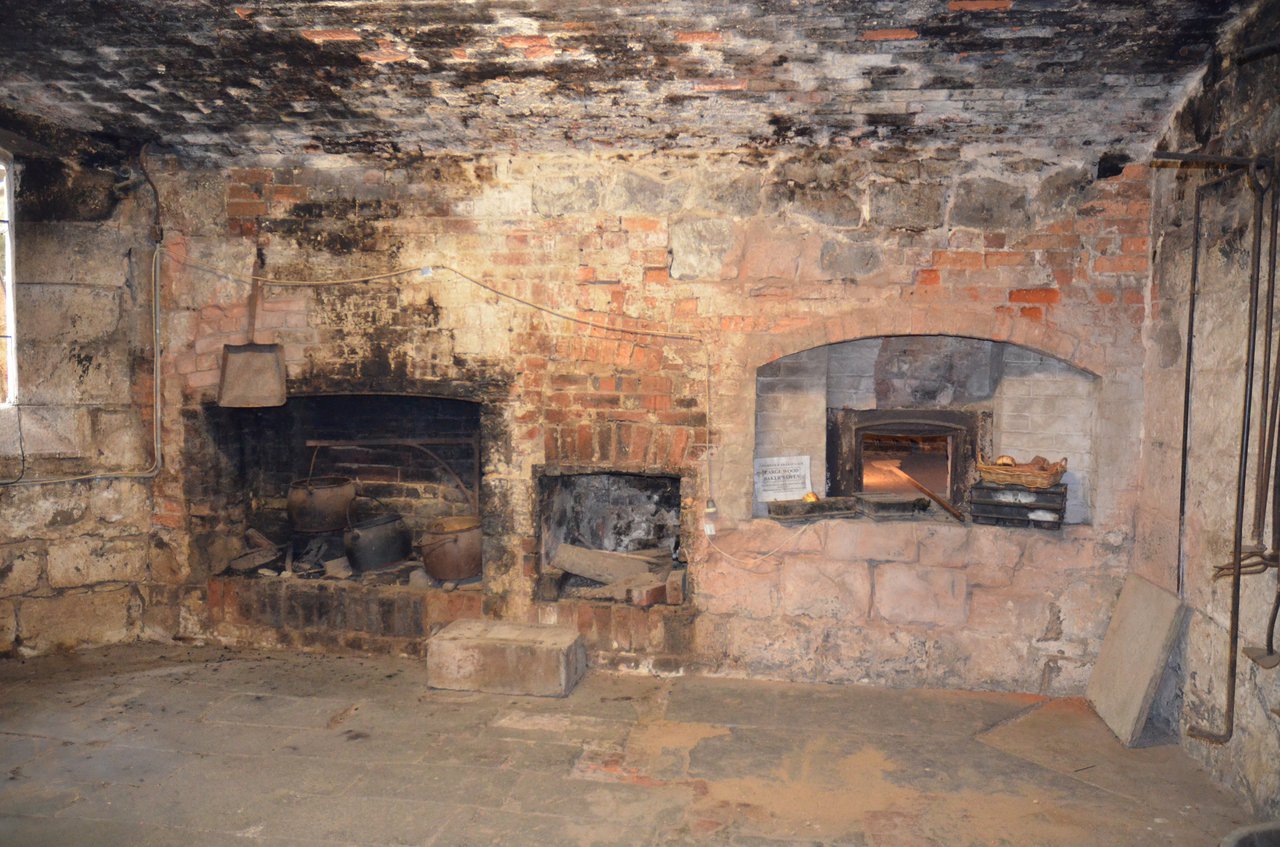
Since the beginning of European convict transportation, women were incarcerated in colonial Australian. Ararat Gaol and J Ward had consistently shared a dual existence in term of tangible and intangible heritage. This duality has led to a narrative in which women’s stories are rarely bought to the light.
The women, incarcerated in a bluestone complex perched behind ferns and perennials on a hill in Ararat, experienced both the nineteenth century’s penal and mental health system after committing non-violent and violent offences linked to personal connections with oppressive hardship, poverty and trauma. By uncovering these women’s stories, it is possible to interject a small part of their lives of imprisonment, insanity, and isolation within Australia’s penal and mental health history annuls.
Jacqui Sanders is a currently studying Masters Cultural Heritage at Deakin University. She holds a Bachelor of Arts (with distinction) from Central Queensland University and a Graduate Diploma of Museum Studies from Deakin University. Jacqui also works for Museums Victoria and volunteers with Friends of J Ward, where she researches aspects of the J Ward and Aradale sites through their archives and collections.